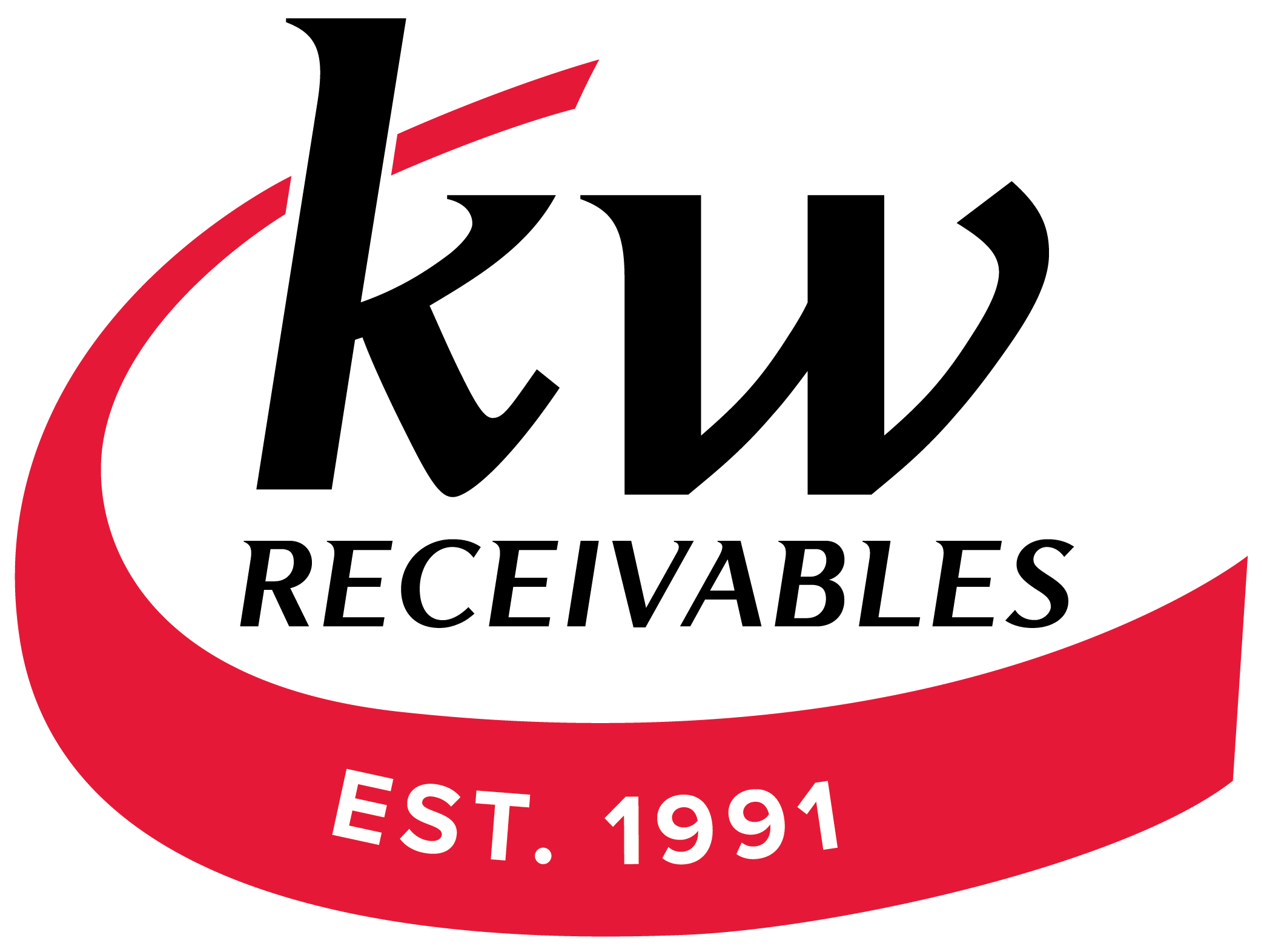
Business owners spend a lot of their time creating a product or service to fulfill their customers’ needs, but not everyone is adept at managing their books. Yet, it is essential to understand what cash flow is and how it works, as it plays such an important role in the day to day operations of your company.
What is Cash Flow?
The term cash flow refers to the movement of money into and out of your company. When you have a positive cash flow, that means you have more money coming into the company than you have expenses going out. Cash flow typically focuses on the inflows of money – what’s bringing money into your business, and outflow represents what’s going out of the business, which often includes expenses.
A business will earn money – or cash flow – from revenue. They then spend some of that money to pay expenses. Other forms of inflow include investments, interest, and licensing agreements.
When Cash Flow Isn’t Balanced
There are many situations where a business may have a lot of expenses coming due and not enough revenue coming in to pay them. This negative cash flow is problematic because the business will either:
- Need to resort to credit to meet financial obligations, building debt
- Not pay vendors who may be critical to keeping the operation running
- Not pay employees who are vital to the company
- Shut down
Because of how essential cash flow is, companies need to continuously monitor it to ensure there is enough money coming in. If a company sells a number of products to a company and offers the buyer 30 or 60 days to make payment on those items, the company is creating a situation where they may not have enough cash flow to meet obligations especially if the buyer doesn’t pay. Having a large number of accounts receivable like this can limit cash flow.
Tracking and Management of Cash Flow
All companies need to work to manage cash flow by knowing what money they have coming in and going out. This can be done using cash flow statements. If there are situations where negative cash flow could be a concern, companies need to act quickly to alleviate that risk, such as using accounts receivable assets to improve cash flow. This can help companies to keep funds coming in and continue to meet their goals on an ongoing basis.

